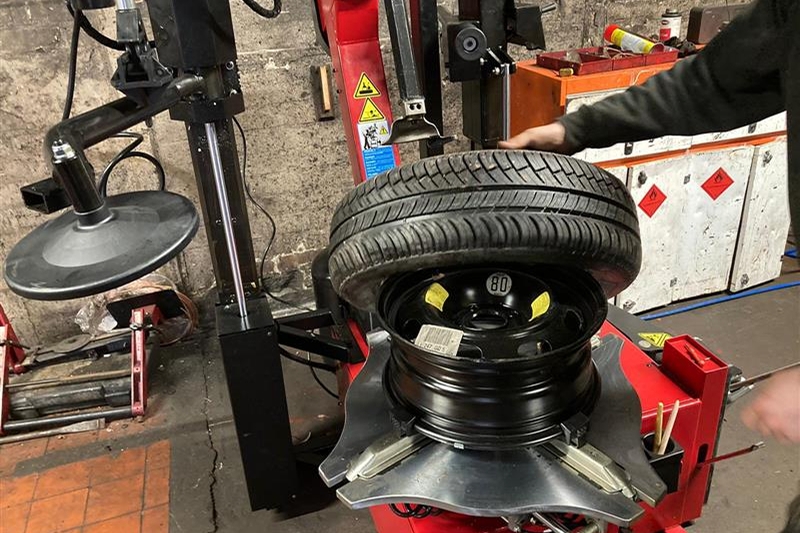We use cookies to make your experience better. To comply with the new e-Privacy directive, we need to ask for your consent to set the cookies. Read our Privacy and Cookie Policy.

Tyre changing equipment is evolving fast. Advances in automation, ergonomics and safety are helping UK workshops work quicker, protect wheels and reduce technician strain. Here’s what to expect—and how to prepare your shop.
Leverless & touchless systems
Modern leverless and touchless concepts remove tyres without pry bars, using controlled bead lifting and precise clamping to minimise contact with the rim. The result is fewer cosmetic claims on painted or diamond-cut wheels and more consistent results on run-flat and ultra-low-profile tyres.
- Reduced rim contact lowers risk of scuffs and micro-scratches.
- More repeatable technique across technicians and shifts.
- Better outcomes on stiff sidewalls and performance fitments.
Integrated lifts & ergonomic helpers
Expect wheel lifts and multi-position helper arms to become standard. These keep heavy assemblies at working height and control bead position through the drop centre, cutting manual force and speeding the most awkward jobs.
- Improved technician safety and reduced fatigue.
- Faster cycle times on SUVs, vans and performance tyres.
- Consistent process for training new starters.
Smart sensors, presets & guided workflows
Next-gen changers are adding sensors and simple digital interfaces. Presets for common wheel sizes and profiles guide operators through each step and help prevent misuse.
- On-screen prompts for clamping, bead breaking and mounting.
- Automatic limits for clamping force and bead seating safety.
- Maintenance reminders based on usage, not just calendar time.
Heavy-duty & commercial innovations
For light commercial and HGV work, look for higher-torque drives, self-centring chucks and adjustable hydraulic clamping to handle larger diameters and wider rims. Improved guarding and emergency-stop logic will continue to enhance operator safety.
Sustainability & consumable life
Longer-lasting contact parts (nylon heads, clamp socks, seals) and lower-friction drives reduce waste and energy use. Cleaner bead lubricants and better collection of rubber debris help keep fit bays tidy and compliant with environmental standards.
Connectivity & ROI tracking
Basic connectivity will support usage logs, fault codes and simple performance metrics. Even without full workshop management integration, this data helps managers understand cycle times, bottlenecks and when an upgrade pays back.
- Track minutes per job and rework rates to quantify savings.
- Plan preventative maintenance around live utilisation.
- Spot training needs from error patterns or extended cycle steps.
Training first: making new tech pay
Technology only pays back when the team uses it correctly. Short, repeatable training—especially on leverless tyre changer methods, bead control and safe seating—protects wheels and shortens cycle times.
How to prepare your workshop
- Audit jobs: Note tyre sizes, profiles and vehicle mix to choose the right features.
- Plan ergonomics: Allow space for helper arms and lifts; optimise the fit-bay layout for one-way flow.
- Standardise process: Document your change workflow so new features slot in cleanly.
- Measure outcomes: Track jobs/day, minutes/job and rim damage incidents before and after upgrading.
Next steps & related guides
Compare current capabilities in Understanding Tyre Changer Features & Tools, and see practical add-ons in our Accessories Guide. Keep teams safe with the Tyre Changer Safety article and protect uptime with the Maintenance Checklist. If you’re evaluating an upgrade, browse our range of tyre changers or use our ROI guide to model payback for your shop.



